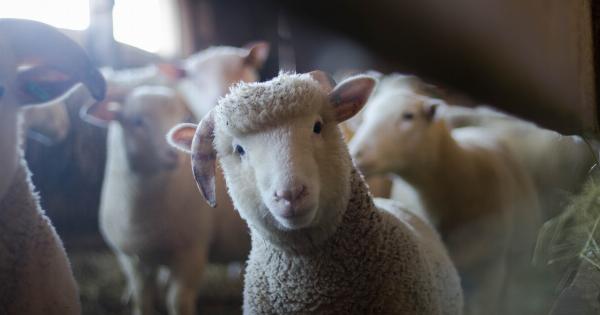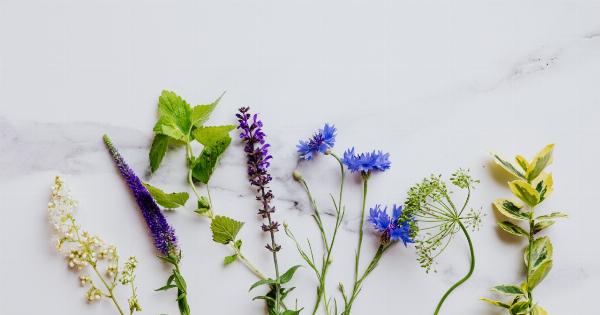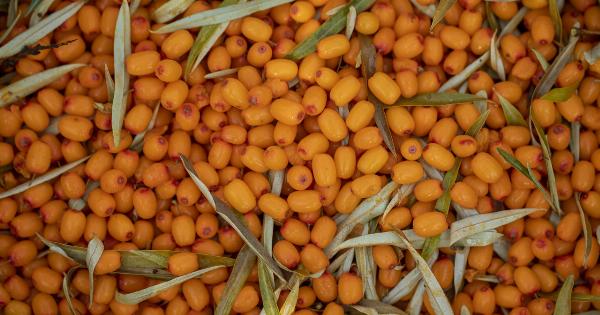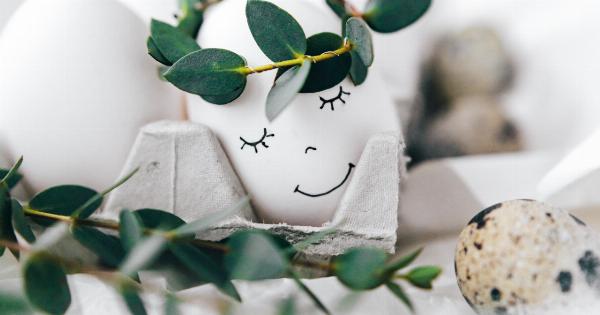Saffron is a highly valued and precious spice that has been treasured for centuries for its rich flavor, vibrant color, and medicinal properties.
The spice is derived from the dried stigmas of the Crocus sativus flower, commonly known as the saffron crocus. This perennial flower blooms in autumn, producing beautiful purple flowers with vibrant orange-red stigmas.
The History of Saffron
Saffron has a long and storied history, dating back more than 3,500 years. It is believed to have originated in ancient Persia (modern-day Iran) and was highly prized by ancient civilizations such as the Greeks, Romans, and Egyptians.
Its usage can be traced back to traditional medicine, culinary delights, religious ceremonies, and even dyeing textiles.
Cultivation of Saffron
Due to its delicate and labor-intensive cultivation process, saffron is considered one of the most expensive spices in the world. The small saffron bulbs, known as corms, are carefully planted in the soil to ensure optimal growth.
The crocus flowers only bloom for a short period, usually lasting just a few weeks in autumn. During this time, skilled farmers carefully hand-pick the delicate saffron stigmas from the flowers, as any damage or mishandling can greatly affect the quality and value of the spice.
The Properties and Uses of Saffron
Saffron is not only known for its distinct flavor and aroma but also for its various health benefits. It contains several active compounds, including crocin, crocetin, safranal, and antioxidants, which contribute to its medicinal properties.
Saffron has been used in traditional medicine for its anti-inflammatory, antioxidant, and antidepressant effects. It is believed to have positive effects on mood, digestion, cardiovascular health, and even may have potential anti-cancer properties.
In the culinary world, saffron is highly prized for its unique flavor and vibrant color. It is a key ingredient in various traditional dishes, such as paella, bouillabaisse, and biryani, adding a distinctive taste and aroma.
Saffron is also used in the production of liqueurs, desserts, and baked goods, enhancing the overall culinary experience.
The Significance of Saffron in Different Cultures
Saffron holds immense cultural and historical significance in many different cultures around the world.
In Persian culture, it has been referred to as “red gold” and is used extensively in various Persian dishes, such as saffron rice and saffron-infused teas. It is also an essential ingredient in certain Indian and Middle Eastern cuisines, where it imparts its distinct flavor and color to dishes.
Saffron has also been used in religious ceremonies and rituals. In ancient Egypt, saffron was associated with the sun god Ra and was used in religious offerings and rituals.
In Buddhism, saffron-colored robes are worn by monks to symbolize humility and renunciation. The color has also found its way into art and literature, symbolizing wealth, beauty, and spirituality.
The Future of Saffron
Despite its rich history and global demand, the cultivation of saffron faces numerous challenges. The herbaceous perennial plant is susceptible to various diseases, pests, and environmental factors, making it a delicate crop to grow.
Additionally, the high costs associated with manual labor and the amount of land required for cultivation pose significant obstacles for saffron production.
However, with advances in agricultural technology and sustainable farming practices, there is hope for the future of saffron cultivation.
Some regions have successfully implemented automated harvesting methods and innovative cultivation techniques to increase efficiency and reduce costs. Furthermore, the growing interest in organic and locally sourced produce has opened up new opportunities for small-scale saffron farmers to thrive.
In Conclusion
Saffron, a precious gift of nature, continues to captivate us with its exquisite flavor, vibrant color, and medicinal properties.
Its rich history, cultural significance, and diverse uses make it one of the most sought-after and prized spices in the world. Despite the challenges faced in its cultivation, the future of saffron holds promise, driven by advancements in technology and a growing appreciation for its uniqueness.
So next time you encounter this precious spice, savor its delicate aroma and vibrant hue, knowing the remarkable journey it undertakes from nature’s gift to your plate.































